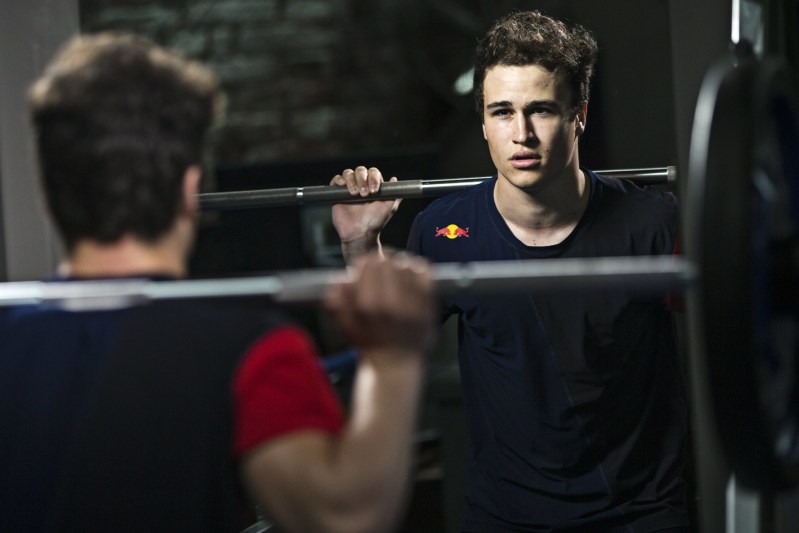
Forget your Instagram influencers and the entire Kardashian family; the strongest — and therefore hardest — butts in the world belong to powerlifters. “I tell these guys, ‘Look, you’ve got to have a day on your ass, man,'” says Matt Poe, a former nationally ranked powerlifting competitor, elite strength and conditioning coach, and owner of Poe’s Gym in Nashville, Tenn. “A lot of them laugh, and then their 40-yard sprints go down.” Even the bench press, which many gym rats believe is all about the chest and arms, incorporates the glutes, activating to press into the bench as you lift. But it’s not just a drop in performance that those with Weak Booty Syndrome encounter; overuse and overcompensation injuries to the lower back and elsewhere are likely as your body tries to hide its glaring flaw.
There’s an easy solution, however, that Poe uses for the athletes, military members, and health care professionals he trains, and that’s to go further: “If you think you’re deep in a squat,” he says, “go deeper.” By sinking lower into any squat or lunge, you automatically activate the glutes more, which in turn develops speed throughout the range of motion, which translates to power.
The following workouts can be used to supplement your existing lower body workouts or combined to more fully target the largest muscle in your body. If pain is weakness leaving the body, then get ready to wave goodbye.
Related Guides
Dynamic Warmup
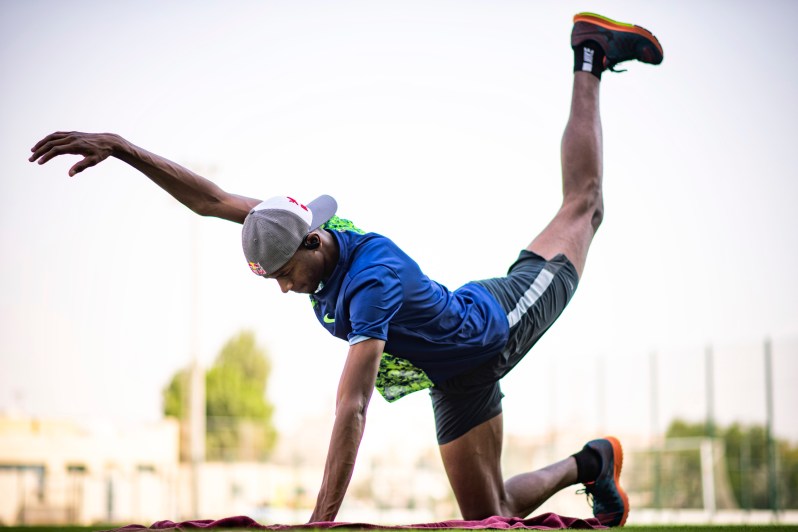
Run through this prior to your next leg day to activate and warm up your butt, thereby allowing for more activation in the target exercises.
- Standing, raise one ankle as high as the opposite knee, hold
- Without lowering foot, open the knee out, hold
- Without lowering foot, bring knee across and over the opposite knee, hold
- Without lowering foot, push back like a donkey kick, hold
Complete ten sets with each leg and controlled movement. More advanced athletes can drop sets to five and focus on explosive movement between positions.
Squat Box
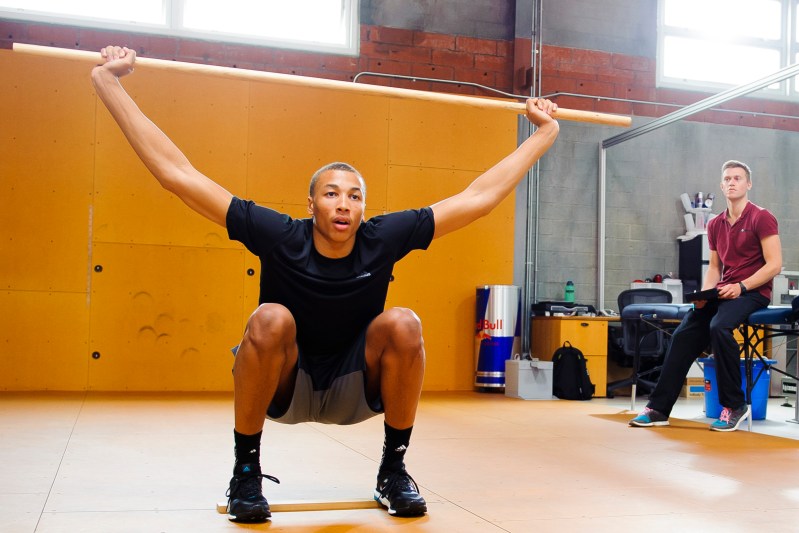
Many people utilize a box behind them when squatting, but most don’t have the box low enough. Stack up plates behind you to approximately 13 inches. For the next set, remove a plate to approximately 11 inches. For the final set, remove another plate for approximately nines inches.
- Barbell squats, 10 reps
- Remove plate, barbell squats, 10 reps
- Remove plate, barbell squats, 10 reps
Rest 60 to 120 seconds between sets.
Box Jump Circuit
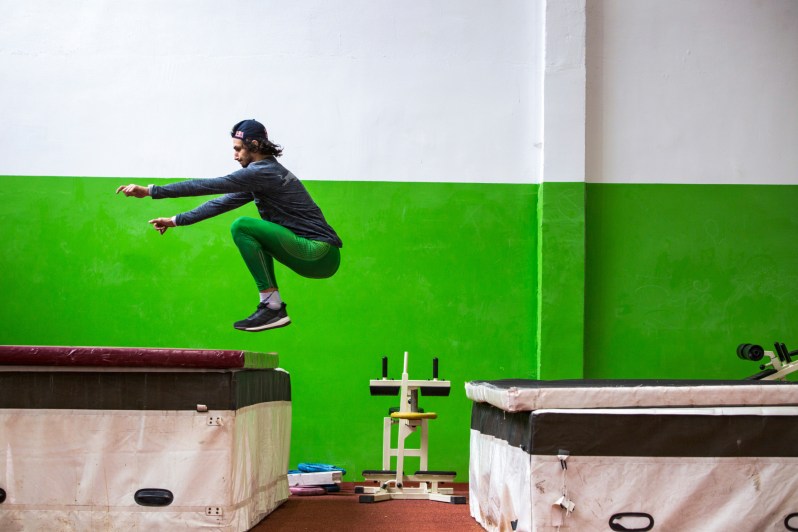
This circuit teaches your glutes to fire faster, which translates to power. The higher the box, the more they activate. Grab a box or bench and get hopping.
- Box jump up
- Jump down
- Bodyweight squat lower than vertical
- Vertical leap
- Barbell squat, light weight, exploding from the bottom
Repeat for 10 sets.
Hit the Hill
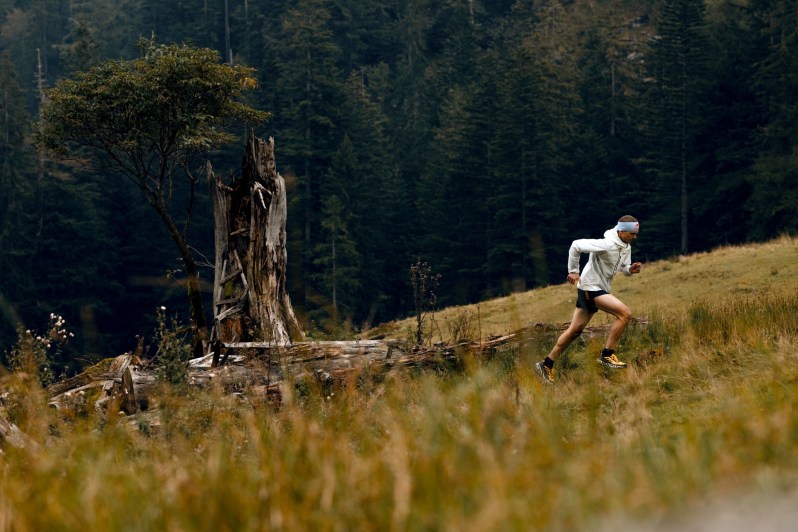
No gym nearby? Head to your neighborhood steep hill. You’ll want a punchy 10 to 15 yards to sprint up. The steeper, the more you’ll activate your glutes. After a warmup, complete 10 to 20 reps, with full recovery (three to five minutes) between each.
Force Coupling
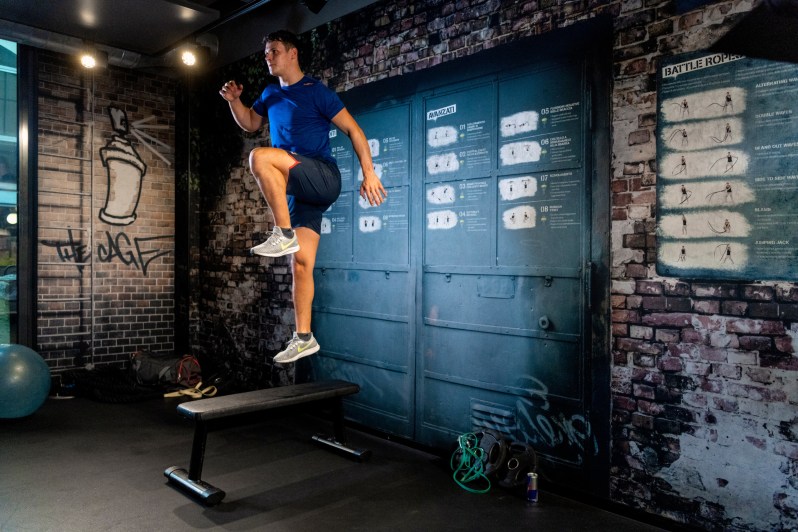
Call it a universal mystery, but the body grows stronger when working in opposites. Pair an upper body unilateral lift with a lower body single glute lift and be dumbfounded by the synchronicity.
- Left dumbbell row
- Right single-leg step-up or lunge
- Repeat series for 10 reps
Complete three sets with 60 to 120 seconds between each.
Single-Leg Step-Up Series
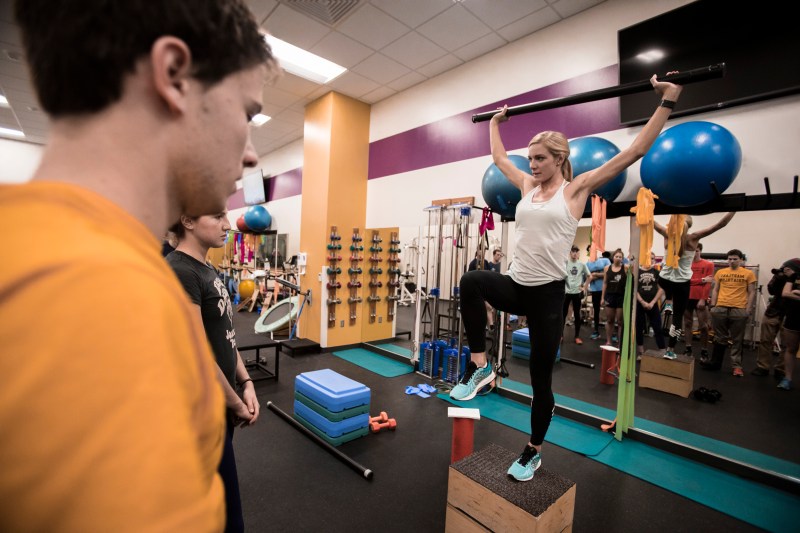
For this workout, you’ll first isolate one glute and then switch immediately to the same exercise bilaterally. Lacking a box, you can substitute single-side lunges followed by alternating lunges. Add dumbbells to scale up the difficulty.
- Right-leg step-up, 10 reps
- Left-leg step-up, 10 reps
- Alternating step-up, 20 reps
Repeat for three sets with 120 seconds between, or try this variant:
- Single-leg lunge, one rep
- Bodyweight squat, one rep
- Repeat series 20 to 30 times
Repeat for four sets, alternating legs with each set, with 120 seconds between.
Rise of the Machines
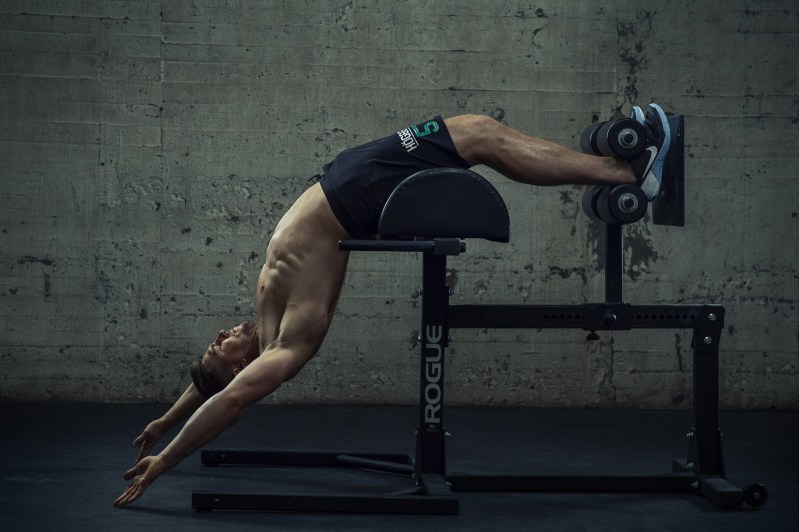
The reverse hyper machine, commonly thought to target the lower back, can build a stronger butt with a simple tweak (just be careful to not hyperextend your lower back, coming up to level). When you hit your peak, squeeze your glutes for a moment and lower down. Complete three sets of seven to 10 reps, hugging a plate to increase difficulty.
Dumbell Deficit Deadlift
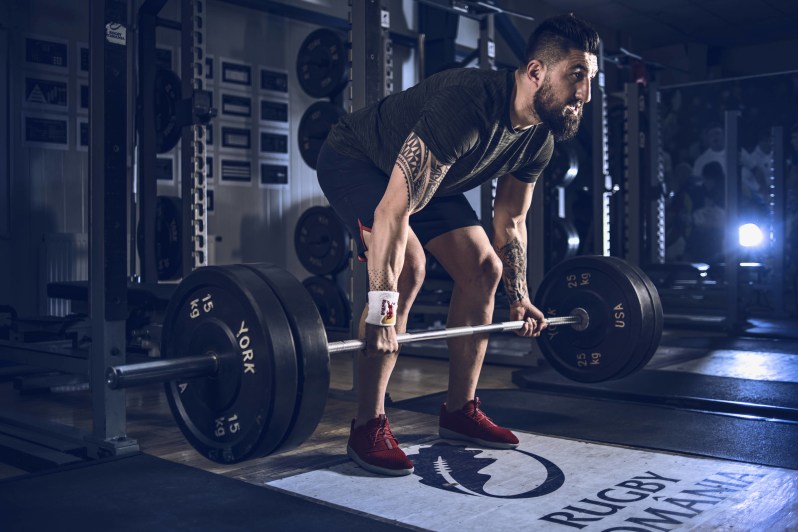
This variant of the common barbell deadlift adds a few subtle shifts to home in on your posterior. First, grab a couple of lighter plates to slide under your heels — this allows you to go deeper, thus activating your glutes more intensely. Next, grab a heavier dumbbell. For the deadlift:
- Bring the weight close to your shins
- Hands hook around the weight between your feet
- Keep arms straight
- Bring hips through
Complete four sets of 10 reps with 60 to 120 seconds between each.



